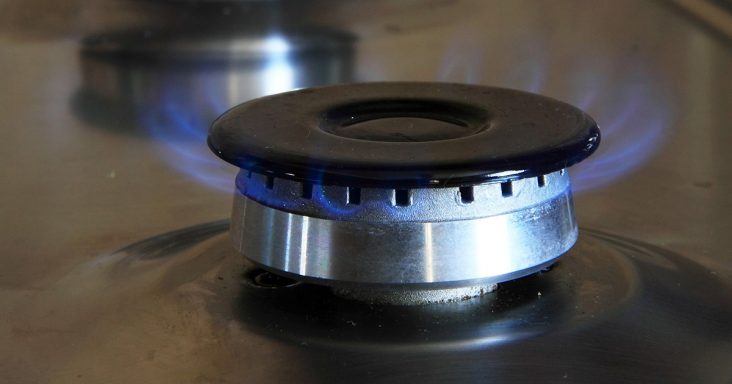Natural gas prices fell to 31-year low amid decreased demand
by July 7, 2020 3:55 pm 1,165 views

Low demand led the Henry Hub natural gas spot price to fall to the lowest inflation-adjusted level in at least 31 years in June, according to the U.S. Energy Information Administration (EIA).
The EIA released Tuesday (July 7) its Short-Term Energy Outlook that’s based on macroeconomic forecasts by IHS Markit, projecting U.S. GDP declined 6.4% in the first half of 2020, from the same period in 2019, and rising from the third quarter of 2020 through 2021.
The Henry Hub spot price was an average of $1.63 per million British thermal units in June and was the lowest price since at least 1989. The Henry Hub spot price is expected to rise to an average of $1.93 per million British thermal units in 2020 and $3.10 per million British thermal units in 2021.
U.S. natural gas consumption is expected to fall by 3% in 2020. The decline can be attributed to lower consumption in the industrial sector as a result of COVID-19 mitigation efforts and related reductions in economic activity. U.S. natural gas consumption is expected to fall by 5% in 2021 as a result of rising natural gas prices.
U.S. dry natural gas production is expected to fall by 3% to an average of 89.2 billion cubic feet per day in 2020, from 92.2 billion cubic feet per day in 2019. A decline in natural gas prices contributed to a decrease in drilling activity and production. The production is expected to fall by 6% to 84.2 billion cubic feet per day in 2021. But production is projected to rise in the second half of 2021 as natural gas prices increase.
Working natural gas storage is expected to rise to a record 4.03 billion cubic feet by the end of October. The existing record for the month is 4.01 billion cubic feet reached in October 2016.
OPEC CUTS PRODUCTION
International benchmark Brent crude oil spot prices rose $11 to an average of $40 in June, from May, and was up $22 per barrel from the multi-year low in April. Oil prices rose in June as restrictions to mitigate the spread of COVID were eased and global oil supply declined following production cuts by the Organization of the Petroleum Exporting Countries (OPEC) and partner countries (OPEC+). OPEC+ announced in June the extension through July the deep cuts that had been set to end July 1.
OPEC’s July production level is expected to be the lowest monthly production for the group since November 1991, said EIA Administrator Linda Capuano. The July production level is expected to be 8 million barrels per day less than it was in April.
In the second half of 2020, Brent prices are expected to be an average of $41 per barrel and rise to an average of $50 per barrel in 2021.
Global oil inventories are expected to fall in the second half of 2020 and through 2021. The inventories rose at a rate of 6.7 million barrels per day in the first half of 2020 and are projected to fall at a rate of 3.3 million barrels per day in the second half of the year before falling by another 1.1 million barrels per day in 2021.
U.S. crude oil production is expected to fall in 2020 and 2021 as West Texas Intermediate (WTI) spot prices remain less than $50 per barrel through 2021. The production will be an average of 11.6 million barrels per day in 2020 and 11 million barrels per day in 2021. The levels are 0.6 million barrels per day and 1.2 million barrels per day, respectively, lower than the 12.2 million barrels per day in 2019. The projection was completed before the U.S. District Court ordered July 6 the temporary closure of the Dakota Access Pipeline. The pipeline operators plan to file a motion to stay the decision.
U.S. liquid fuels consumption is expected to fall 2.1 million barrels per day to 18.3 million barrels per day in 2020, from 2019. Jet fuel consumption will decline by 31%, and gasoline and distillate fuel consumption will both fall by 10%. Travel restrictions and reduced economic activity as a result of the pandemic contributed to the declines. Liquid fuels consumption is projected to rise through the second half of 2020 and in 2021. The consumption is expected to be an average of 19.9 million barrels per day in 2021.
